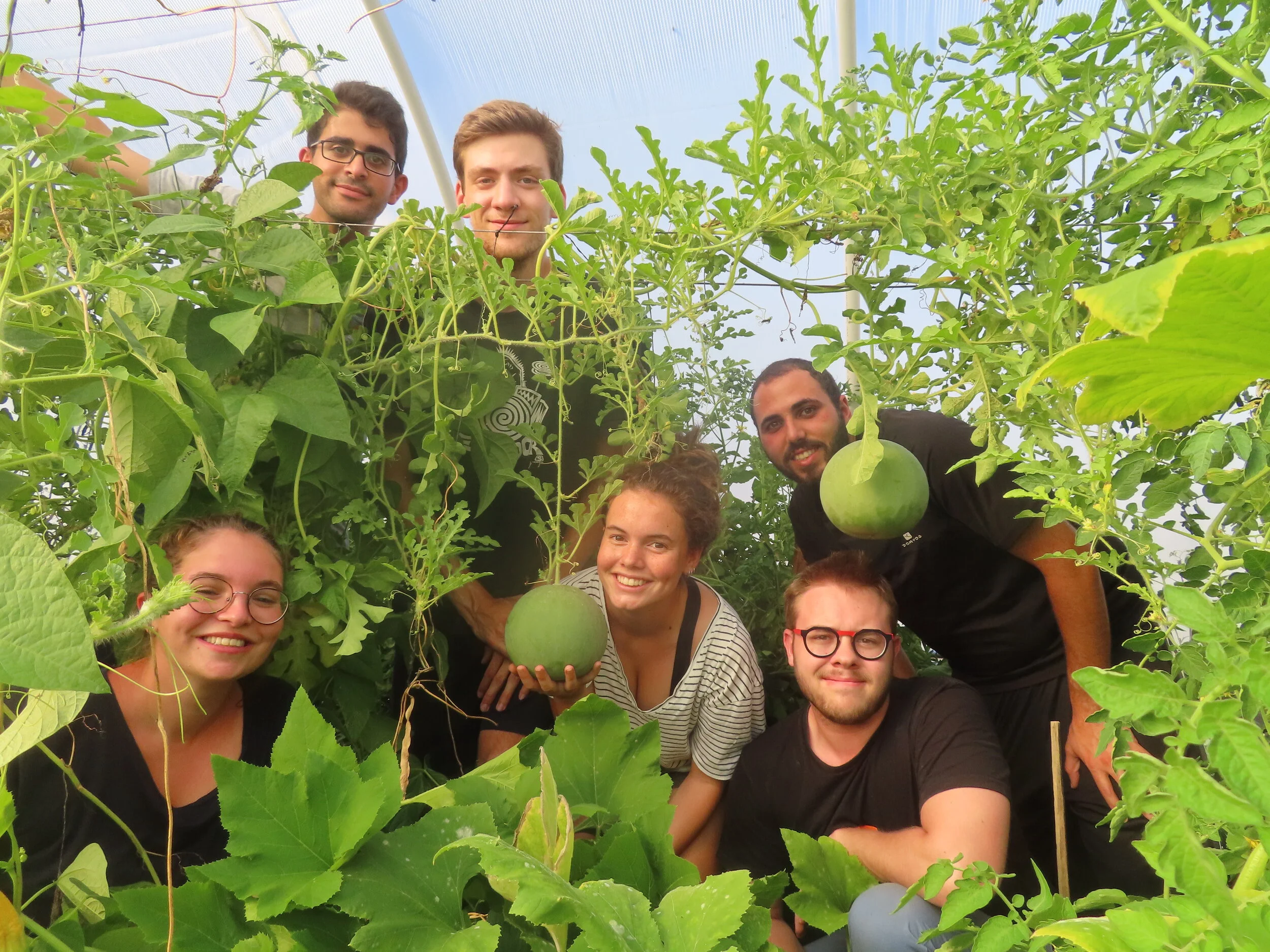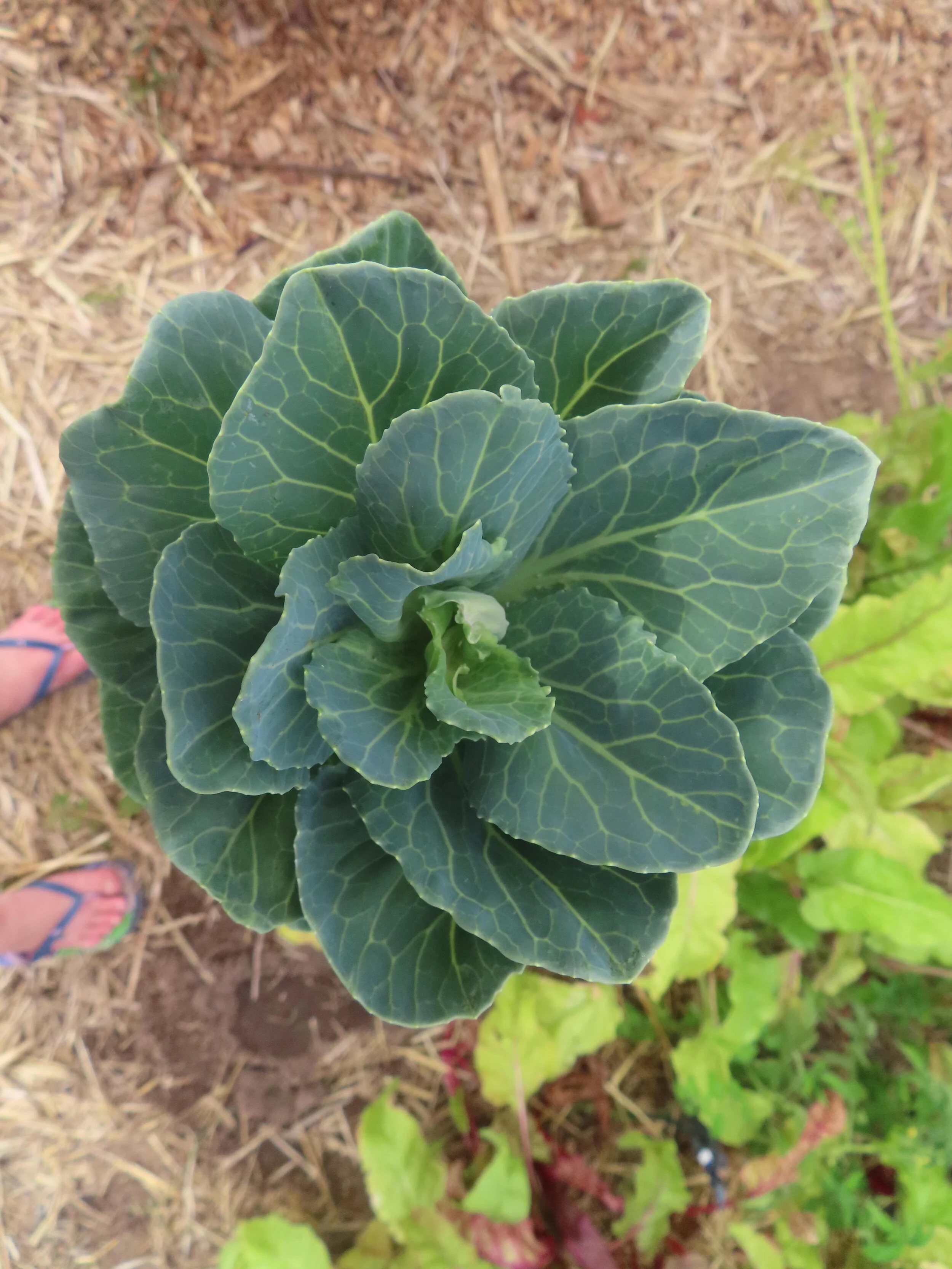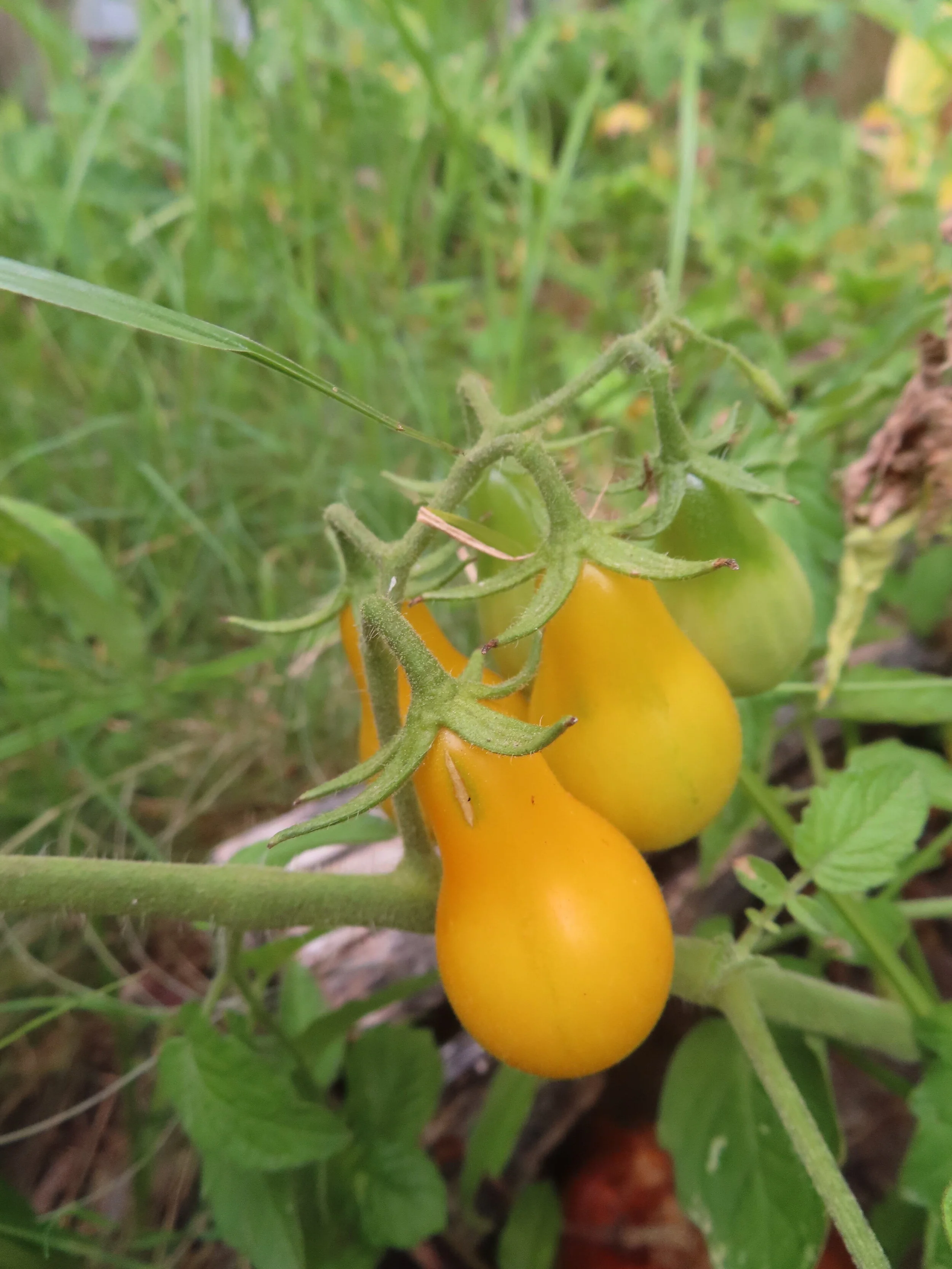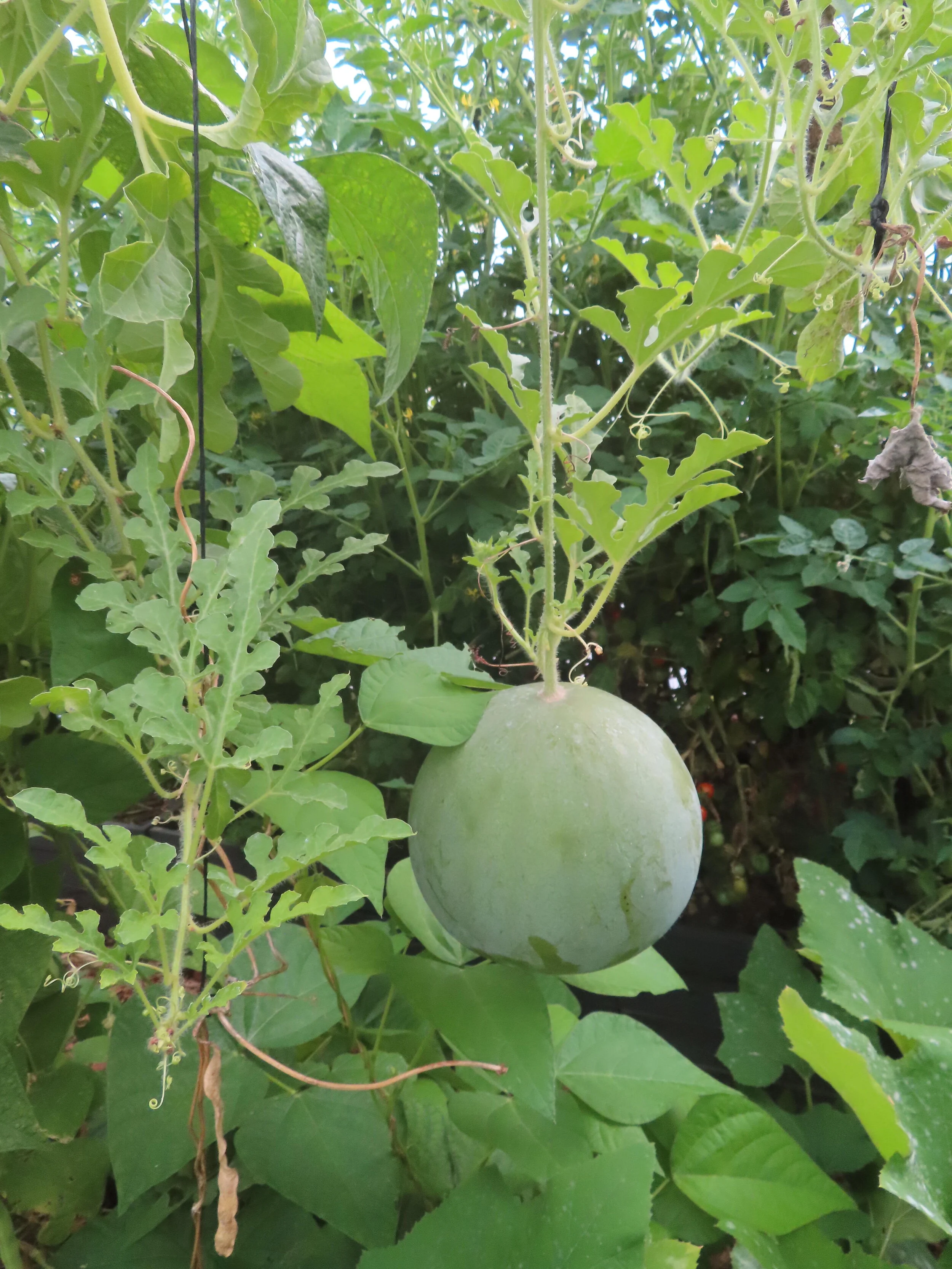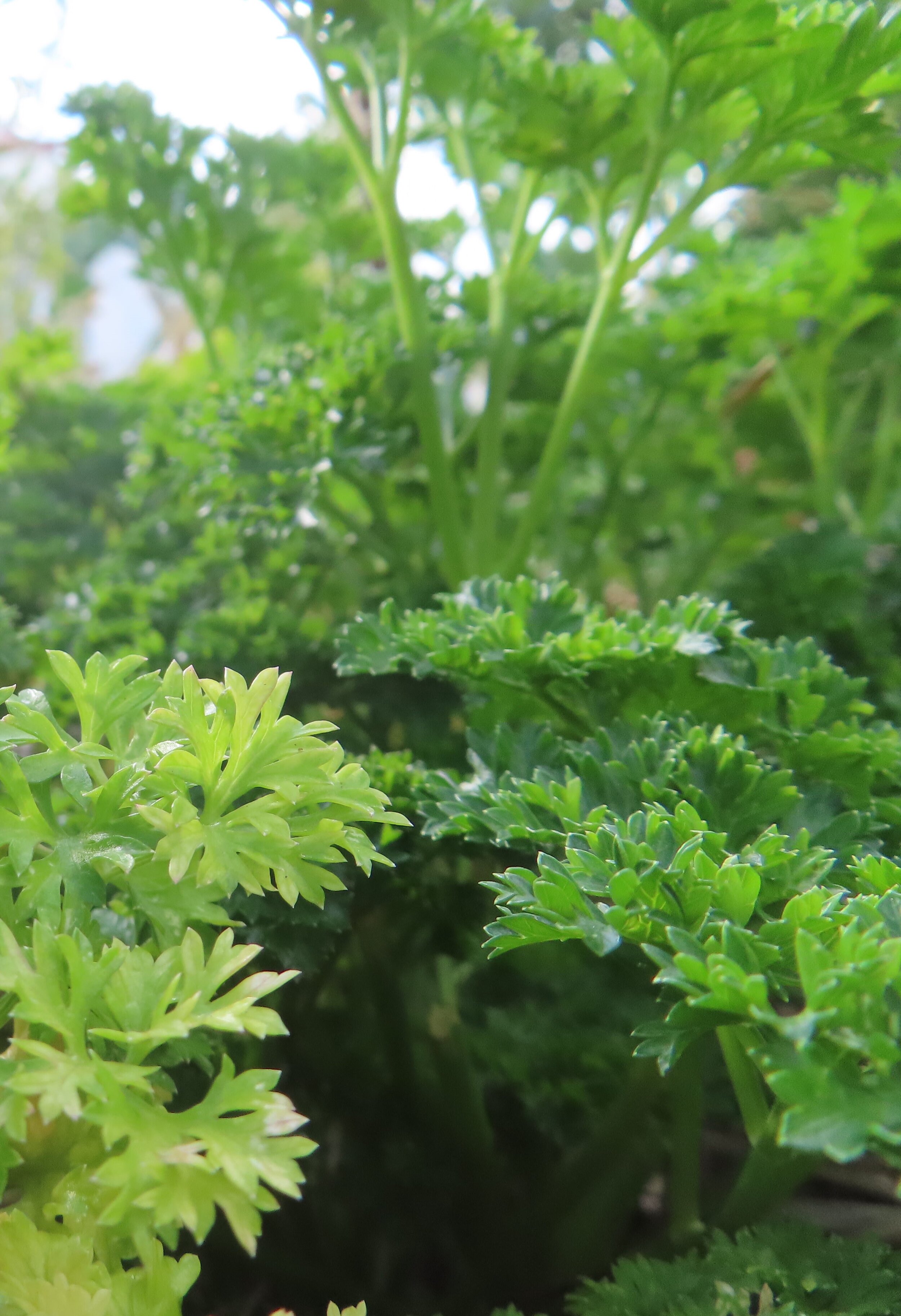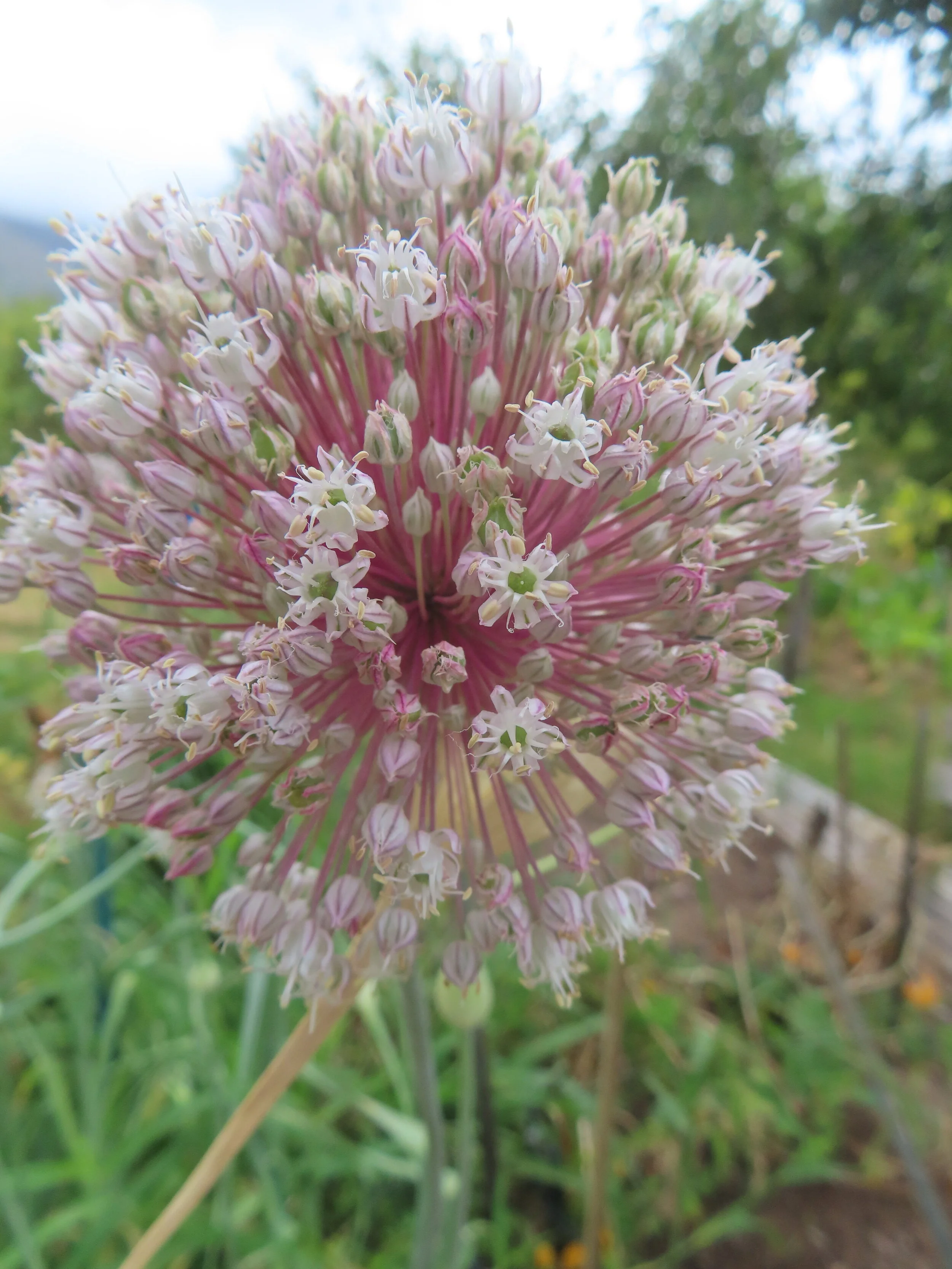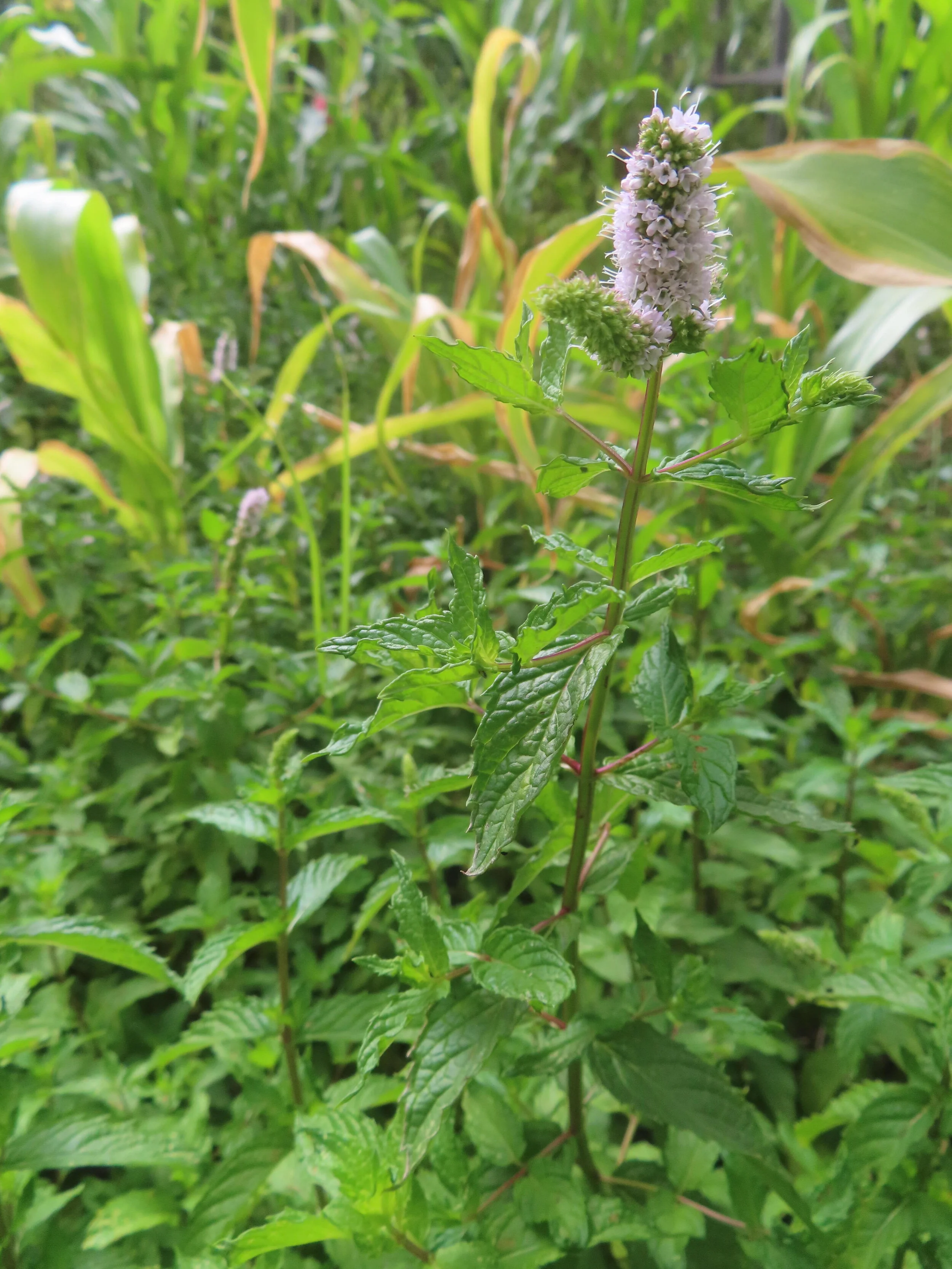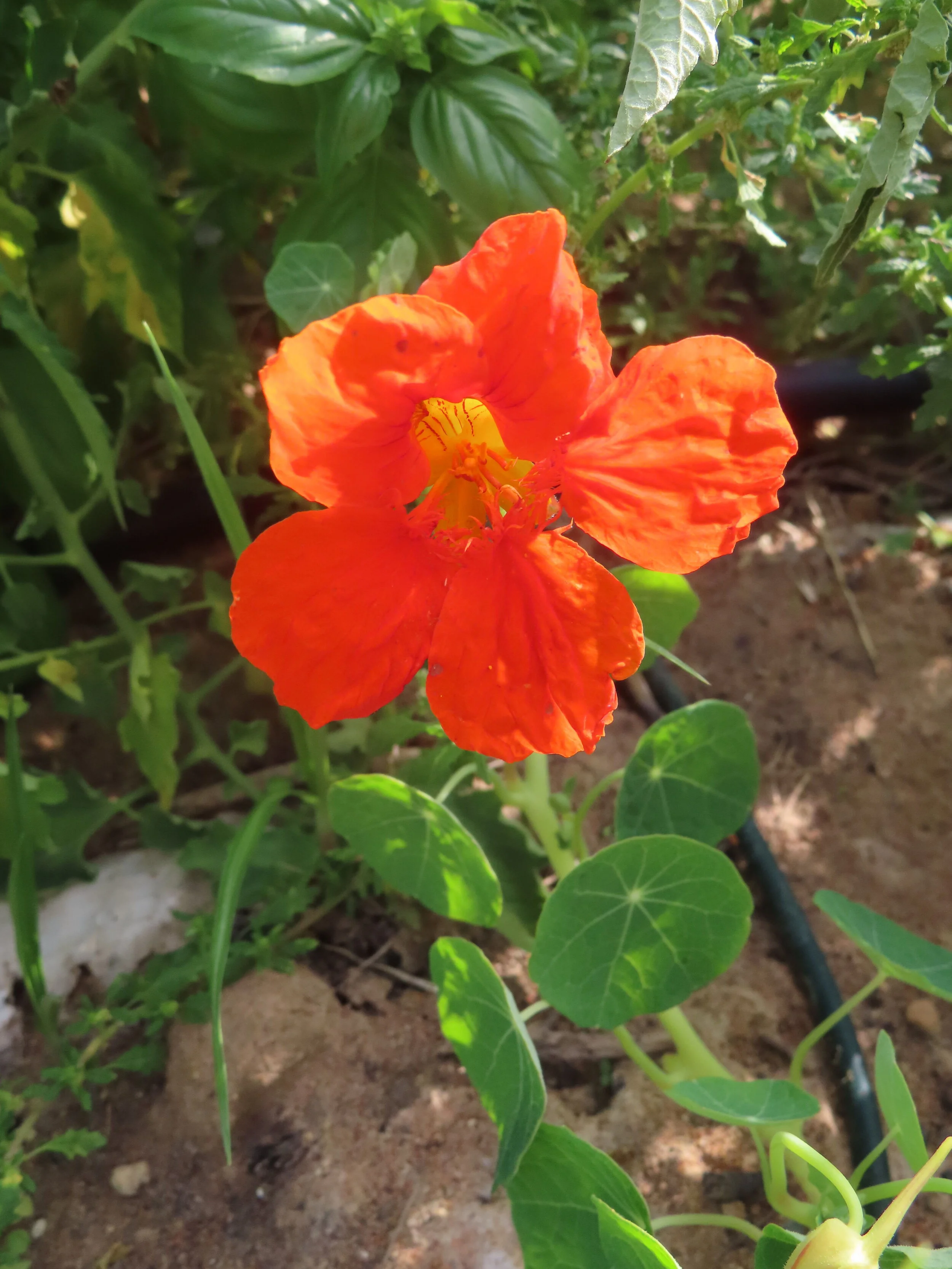On the 8th of February 2020, CWBR facilitated its fifth Western Cape Field Guides Association of South Africa meeting, this time at Tygerberg Nature Reserve, with guest speaker’s Dr Don Pinnock and Dr Tony Rebelo.
The day was filled with both new and familiar faces. Many not only attend for the informative talks but also have an opportunity to catch up and network with old friends.
Dr Tony Rebelo, through interactive use of the iNaturalist app, engaged the audience, shared the fundamentals of how to best utilize it as a tool. Not only to learn about different species through identification but how it can also be used to generate educational guidebooks of species; plants, animals, and reptiles of the area visited when guiding. In collecting observations through photography or sound recording, it is a virtual library of quality data that is shared with scientists, researchers, conservationists, and the general public who are working to better understand and protect nature.
How it works. The app can be downloaded onto a phone. Take a photo and upload to the iNaturalist app. Through the data already available and GPS pinpointing the location of where the photo is taken, the app identifies the subject in the picture almost immediately. Then displays several options with distinctive features and in-depth information to choose from. If the species is rare or Red Listed, the location pin can be displayed as a 25 km radius. The account can have followers who can assist to identify and contribute valuable information about the subject in the photo. The iNaturalist account is also accessible online with more features to further explore.
iNaturalist is a joint initiative by the California Academy of Sciences and the National Geographic Society and in southern Africa by the South African National Biodiversity Institute
Join the fun in April!
City Nature Challenge 24th – 27th April 2020
A worldwide competition between cities to record which city has the greatest biodiversity of species
iNaturalist is used to gather the information
Sign up and download the iNaturalist app
Don Pinnock shared his experience of writing the book The Last Elephants in collaboration with Collin Bell. The book was inspired by the devastating news from the Great Elephant Census of 2016. It was compiled by collecting wisdom from over 40 experts, researchers, writers, conservationists, poets and park rangers throughout Africa.
It highlights the plights that elephants face.
The book is supported by stunning photos by internationally renowned wildlife photographers.
A compilation of clips from the film Last of the Big Tuskers by James Carrie was shown to the audience to give an understanding of how important it is to preserve the strong genes of elephants for their survival.
Above video contains clips compiled from the movie Last of the big Tuskers. Produced and directed by James currie
Thank you to Care Career Connection for supplying a delicious meal mostly made from their organic garden.
The fantastic venue at Tygerberg Nature Reserve
One of the great dished supplied by CCC







